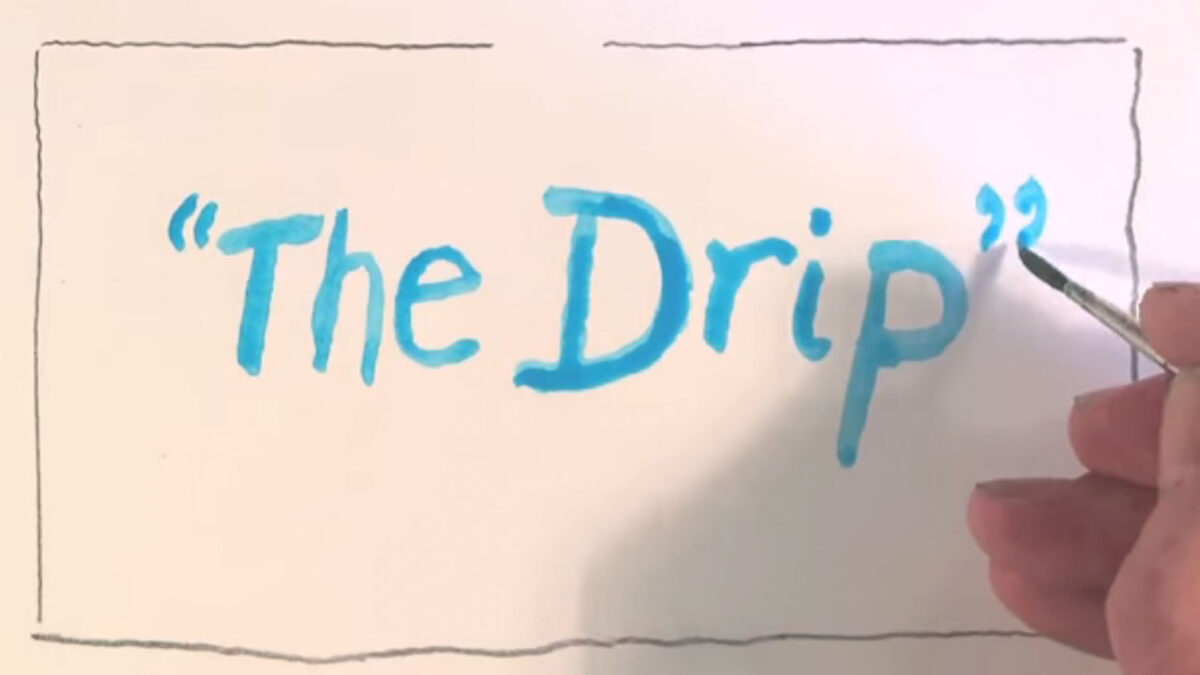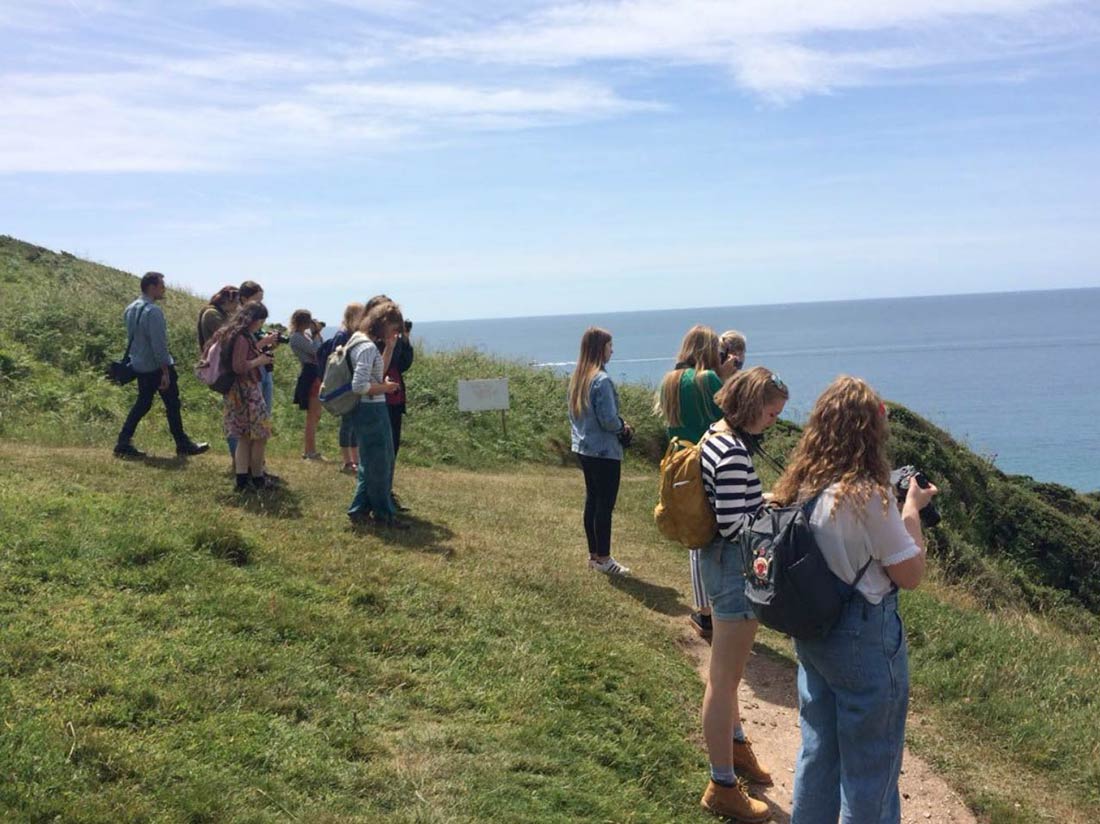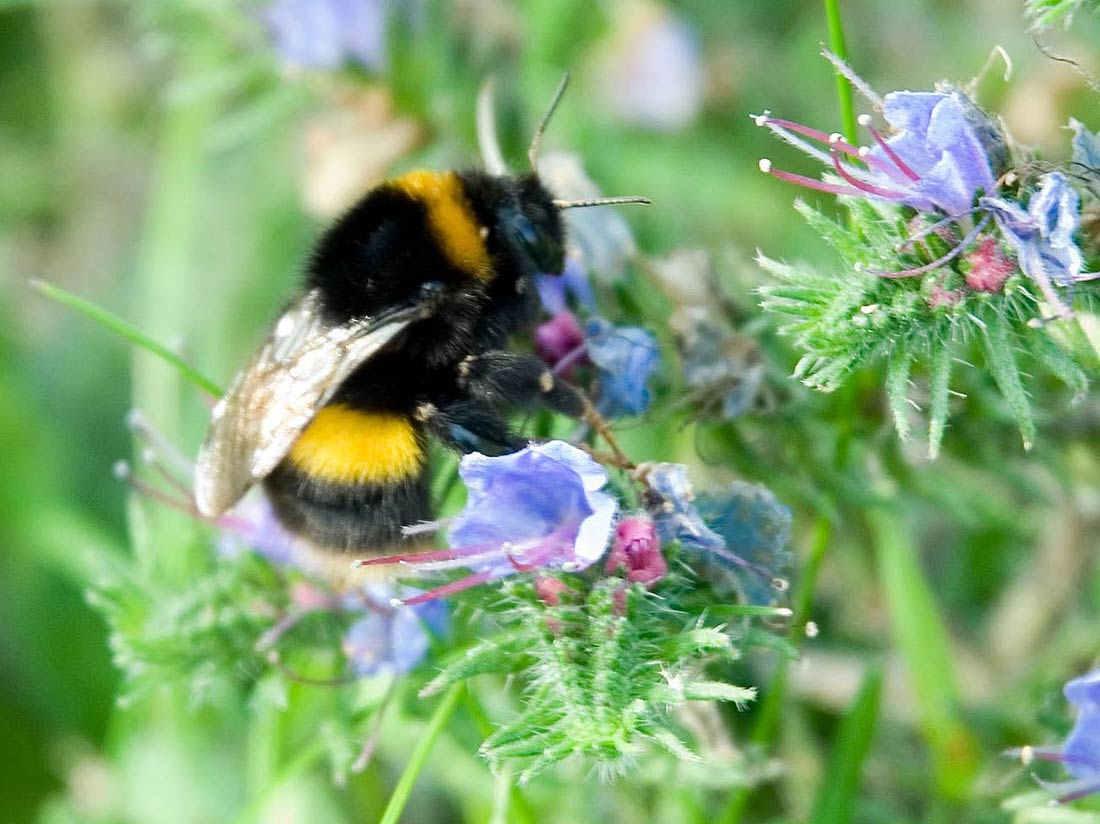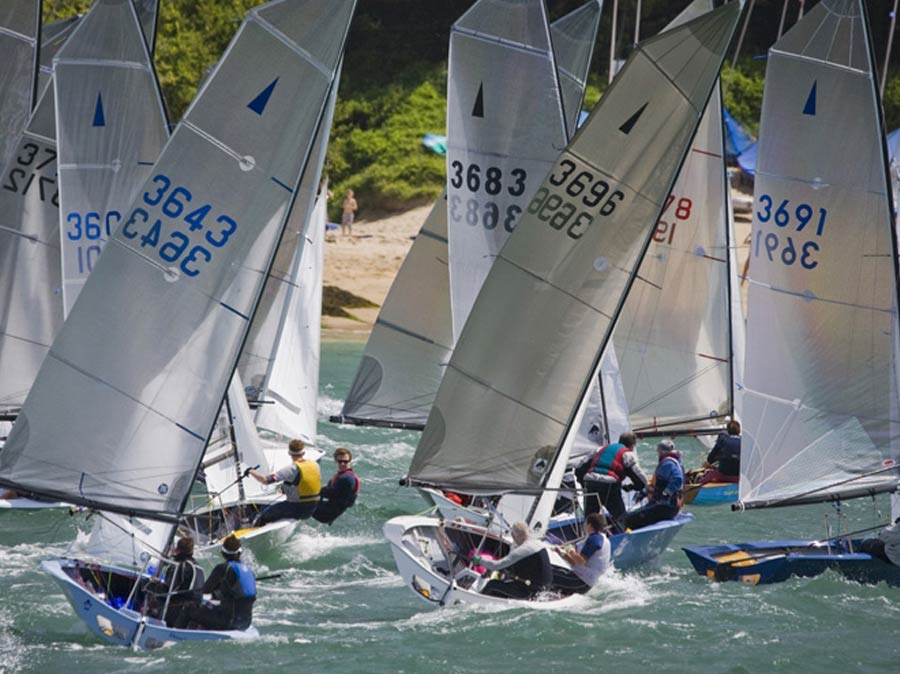The Salcombe-Kingsbridge Estuary is almost an entirely marine system with no real river flowing through it and the little freshwater input comes from catchment runoff and small streams. The estuary supports some rare and unique habitats and species which has led to its designation as a Site of Special Scientific Interest (SSSI) and a Local Nature Reserve (LNR).
The lower estuary is partially cut off from the open sea by an underwater sand bar and characterised by rocks and sandy bays. The upper regions of the Salcombe-Kingsbridge Estuary consist of mostly intertidal mudflats where semi-sheltered sediments support incredibly rich faunas including tube living and burrowing worms, bivalves and anemones.
Mudflats are extremely important habitats within the estuary providing feeding grounds to both birds and fish and play a large role in supporting estuarine systems.










